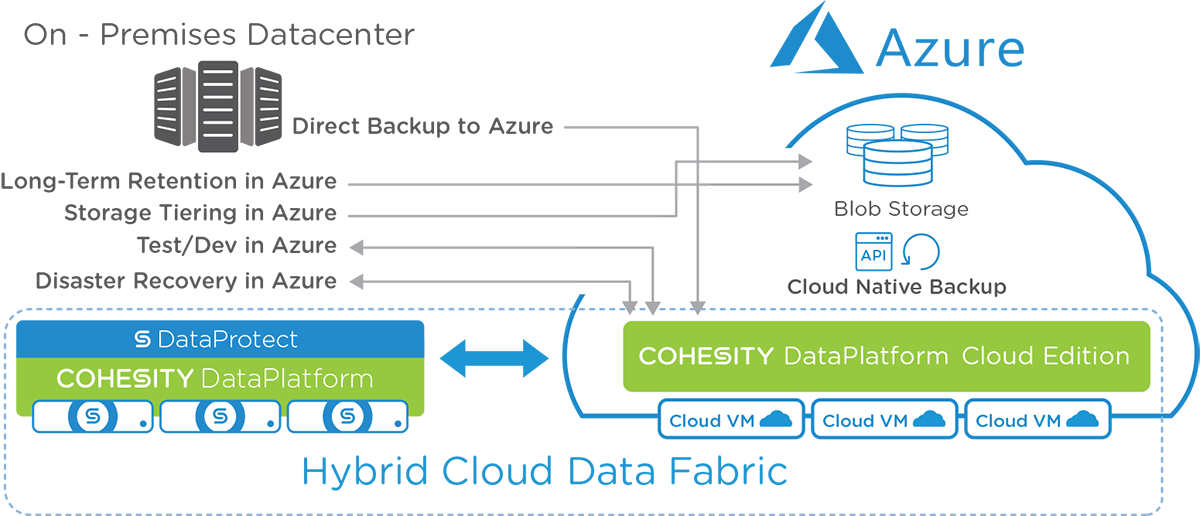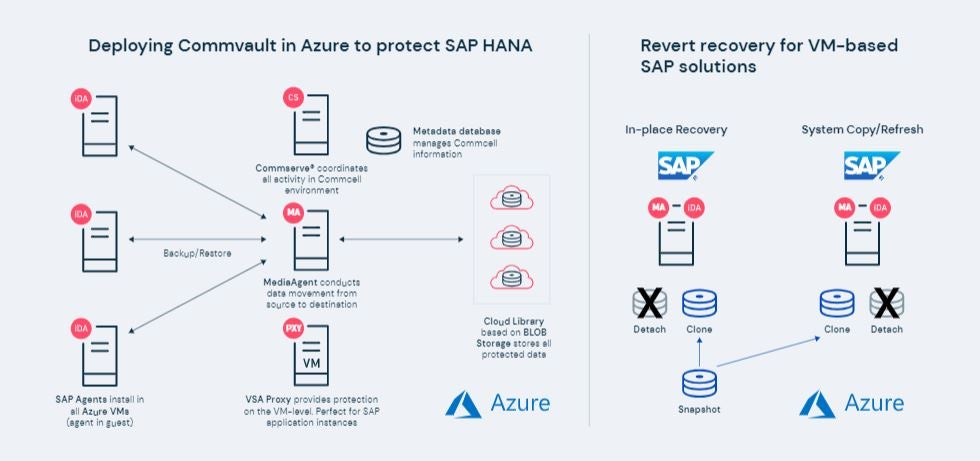
Requirements for recovery: blob versioning is enabled, and the blob has one or more previous versions. Recovery of blobs to previous versions via blob versioning.Requirements for recovery: all container and blob operations have been effectively replicated to a second storage account.

Requirements for recovery: container soft delete is enabled, and the container soft delete retention period has not yet expired.

This section describes some possible recovery options after the data protection options have been enabled. For more details on this section, you could refer to the data backup & protection options and best practices for Azure RBAC. This section mainly introduces available data backup & protection options and Azure RBAC choices to avoid accidental account deletion. In the Azure Storage documentation, data protection refers to strategies for protecting the storage account and data within it from being deleted or modified, or for restoring data after it has been deleted or modified. The blog provides customers with options of protecting Azure Storage data from being accidentally deleted, data backup, self-serve recovery scenarios, and Microsoft-assist recovery possibilities. The best way to protect data is to take care of backup well and prevent accidental deletion.

Azure Storage product team always try their best to help customers to fully control data by improving tools and accessibility, as well as when the data is deleted and needs recovery. Microsoft has received customer assistant requests to restore Storage account, or file/data in it, but with the data accessibility Policy ( ) we can only provide very limited help during the process. Deleted Storage Accounts Recovery from Azure Portal Introduction


 0 kommentar(er)
0 kommentar(er)
